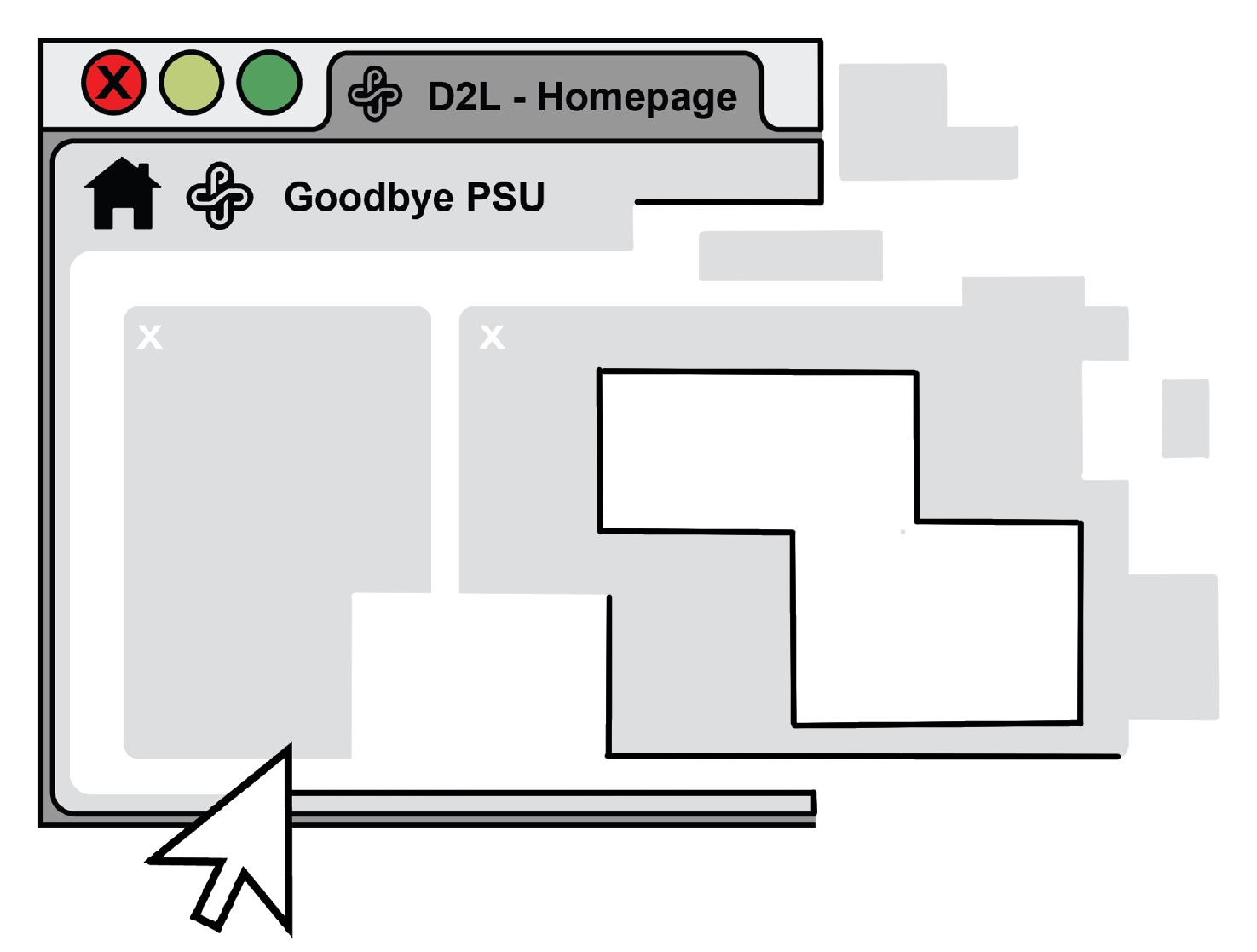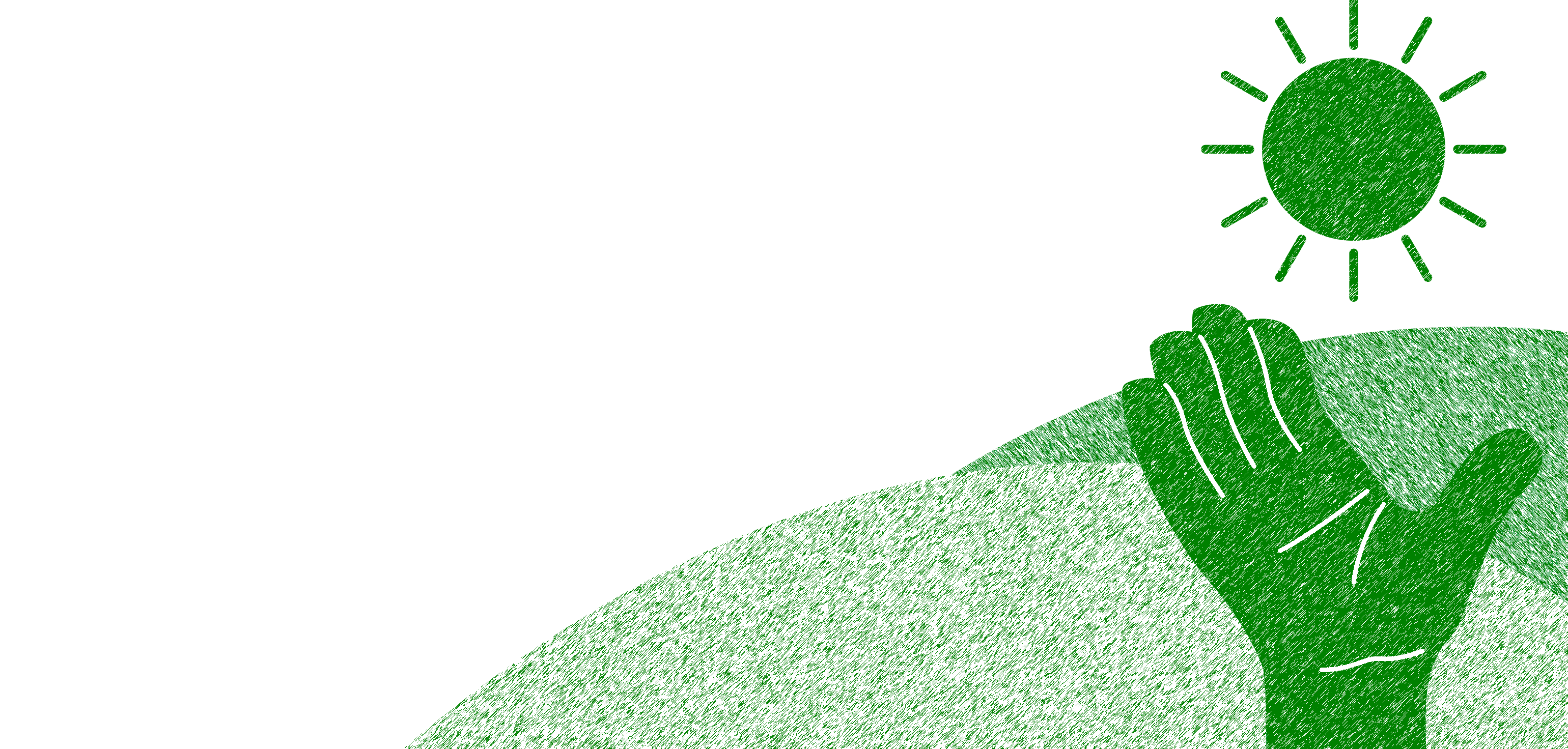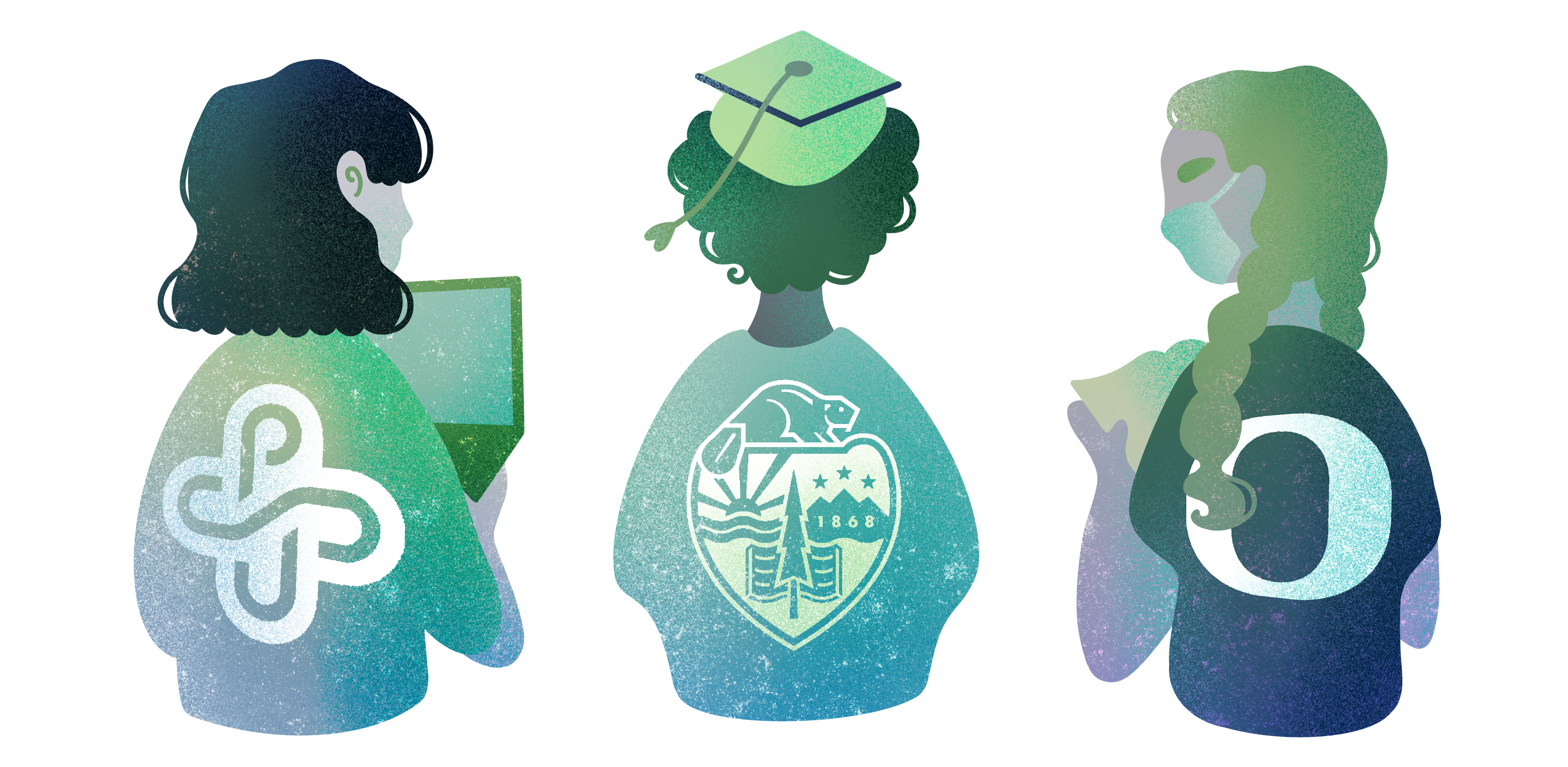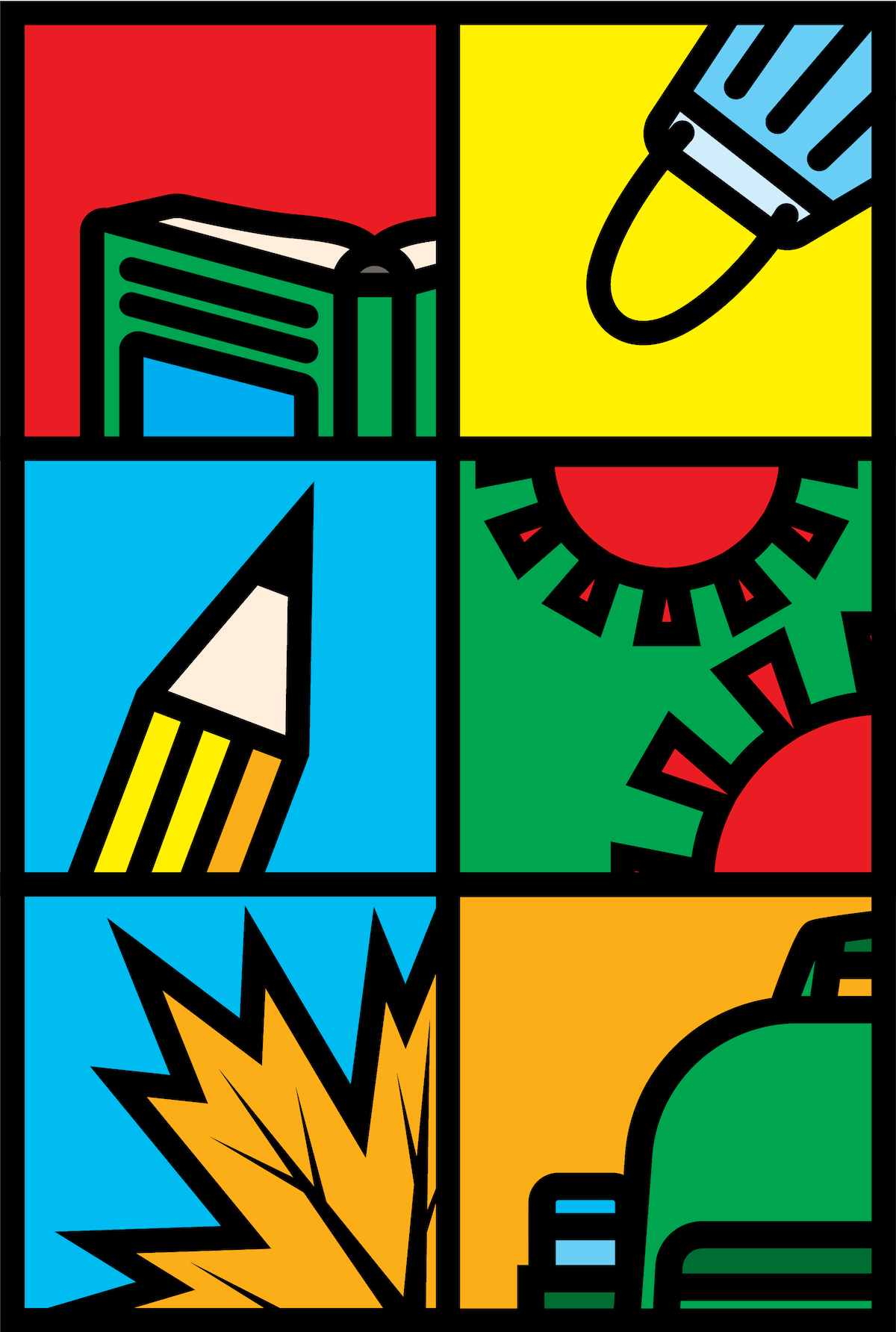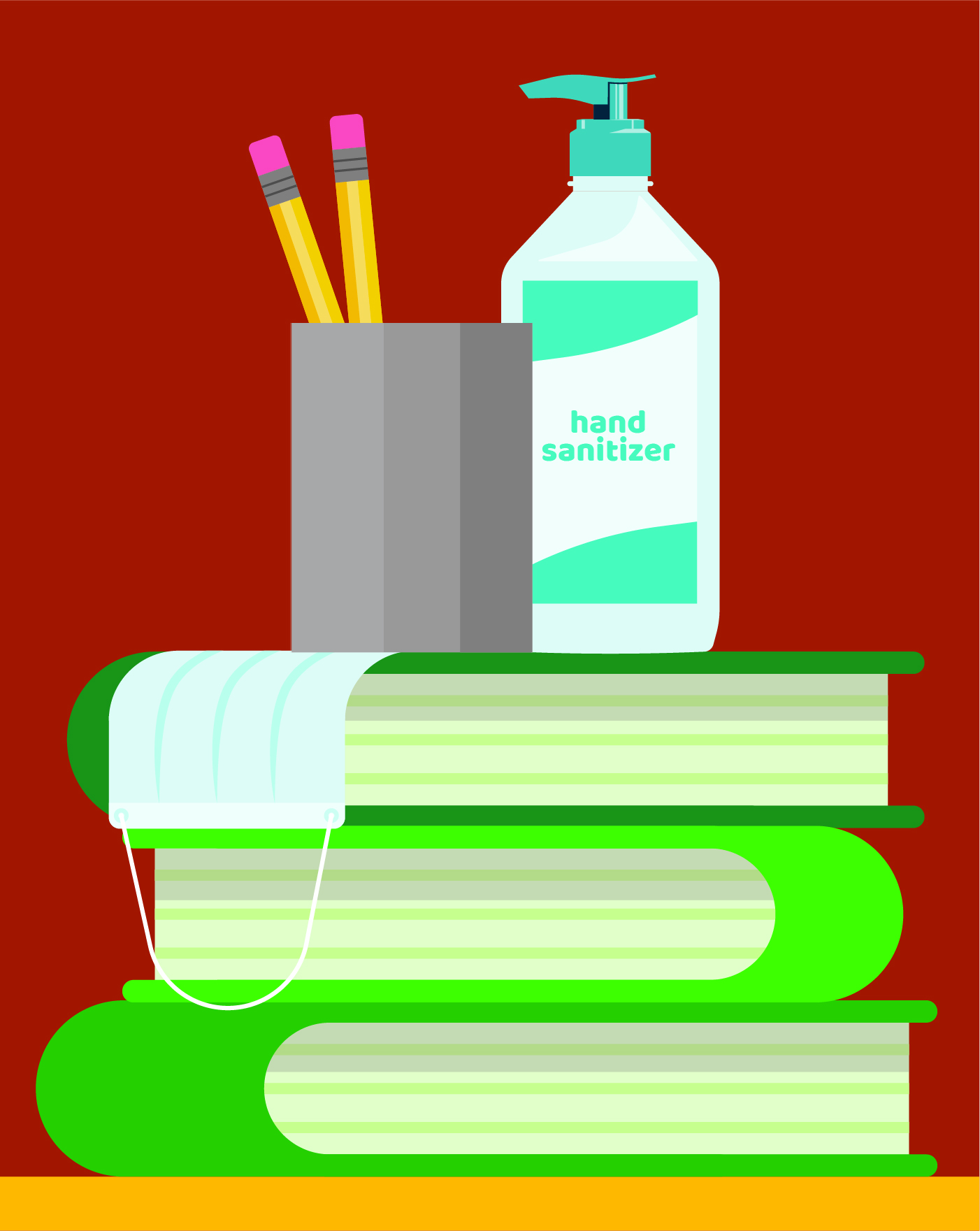When it comes to Portland State’s learning management system (LMS), D2L is officially done for.
Instead, PSU is switching to an LMS called Canvas, after deciding that it would serve the university better than its current online course hub, Brightspace—better known as D2L, the company that owns the Brightspace LMS. The Office of Academic Affairs (OAA) made the announcement Feb. 19.
The migration process from one system to another will take awhile—about a year. All classes will be in Canvas by winter 2022.
The Office of Academic Innovation (OAI) will host weekly Canvas information sessions in the spring term. Course migration from D2L into Canvas will start in the summer and continue into fall 2021—however, outside of the existing pilot program, no classes will be held in Canvas until the official campus-wide launch in winter 2022.
From Associate Director of Academic Technology and Faculty Support Molly Griffith: “We really see it as an opportunity to not just move things from one system to the other, but to engage our campus in a conversation about how we do teaching and learning.”
PSU has used D2L’s LMS for about 10 years, according to Griffith, and PSU’s contract with D2L will end in the middle of the spring 2022 term.
When it came to being an LMS, the committee found D2L was lagging behind its competition.
An LMS is a course’s virtual foundation—whether the course is held entirely online or is an in-person course with online elements—and acts as a learning hub that can host discussions, assignments, quizzes, grades and other class-related elements. It’s a learning environment like a classroom, and like a classroom, can affect courses for better or for worse.
“If D2L, or our current LMS, was a building, it would be the most heavily trafficked building on campus,” Griffith said. “So we realized that it’s very important for us to make sure that that digital learning environment is the best one for students.”
OAI first considered a potential switch to a new LMS in January 2019, and an official LMS selection committee soon followed. The initial process lasted from January 2019–June 2020, but was later put on hold due to the coronavirus pandemic. This term, winter 2021, the project resumed, culminating in OAA’s official decision.
The LMS selection committee found D2L came with ongoing issues for its users. For faculty, there were too many and too complicated options for configuring classes, which often translated to students as difficult to navigate and carried inconsistencies between classes.
“There has been consistent feedback from students that it’s challenging,” said Michelle Giovannozzi, the associate vice provost for the Office of Academic Innovation. “The courses are built differently, navigated differently and each faculty member has a different flavor and approach—not because of anything that they’ve done, but because of the actual platform, how it’s configured and how things are structured.”
Canvas, in essence, is D2L’s opposite, limiting its options for a more user-friendly experience. According to OAI’s LMS Transition Report, three other colleges that recently switched from D2L to Canvas reported a 50% or greater decrease in support tickets after their switch. (Editor’s note: Two of the three colleges in the report switched from another LMS other than D2L to Canvas. This note comes after D2L asked OAI to revise their website and the LMS Transition Report.)
“One of the primary reasons to migrate to Canvas is to have a more consistent, predictable, planful interface for students, so when going from one class to another, it’ll be much easier to transition or what to expect,” Giovannozzi said.
Griffith likened the differences between the two services as similar to those between Windows and iOS systems—where one is more customizable but complicated, the other has a greater focus on accessibility and ease of use.
One example of a feature in D2L that will be lost in Canvas are weighted grades and complex grading schemes. On the other hand, according to Griffith, setting up an effective grade book was one of the most frustrating functions on D2L.
“There will be a few features that will be lost, but those are sacrifices that are made in the name of usability and clarity and consistency,” she said.
When it comes to paying for Canvas—while PSU is under pressure to balance its struggling budget—the cost, at least for the LMS itself, is expected to be relatively similar to that of D2L, according to Giovannozzi.
“It’s not a new expense, it’s a continuing expense,” she said. “In terms of transitioning from one platform to another, that’s fairly cost neutral. Where there are additional expenses in the actual migration.”
Some of those additional costs will come from a period of overlap where PSU is using and paying for both systems, which, due to the pandemic, will be a minimal amount of time. Additional staff may also be needed for various migration functions.
According to Giovannozzi and Griffith, there are very few, if any, factors that could slow migration down and prevent the process from finishing before its winter 2022 launch.
“This has been underway and in consideration for a long time,” Giovannozzi said. “So all that groundwork, all that planning, all those timelines, all the interdependencies and complexities have been looked at and addressed, which—knock on wood—will make things go very smoothly.”

